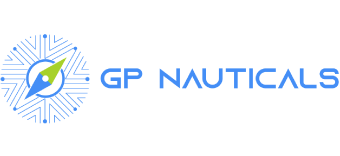45000 more fuel efficient aircraft by 2040
Cirium’s new Fleet Forecast for 2021 suggests that $ 2.9 trillion will be spent on approximately 45,000 new and more fuel-efficient aircraft over the next 20 years.
Published by Ascend by Cirium, the consulting division of aviation analytics company Cirium, the report titled “Cirium Fleet Forecast” predicts that aircraft deliveries worldwide by 2040 will be 4% higher than projected ago. one year.
“Cirium’s Fleet Forecast for 2021 offers an optimistic long-term outlook. Passenger traffic is expected to grow 3.7% annually, so the world fleet of passenger aircraft should increase by almost 22,000 aircraft … If this forecast is met, the world fleet of passenger aircraft will amount to about 47,200 aircraft by the end of 2040. These aircraft deliveries will not only respond to growing traffic demand, but they will also replace older, less fuel-efficient aircraft, ”said Rob Morris, Global Director of Consulting for Ascend by Cirium.
The number of aircraft delivered could vary by airline region, with Asian markets expected to be the engine of growth.
On the other hand, around 80% of the current passenger fleet is expected to be out of service between 2021 and 2040. The replacement of these older (more fuel-consuming) aircraft with newer models is increasingly important, as the sector aims to reduce carbon emissions and focus on sustainability.
In total, some 19,000 aircraft will be retired from the passenger fleet by the end of 2020, in addition to the anticipated retirement of several relatively new aircraft.
Read the note on Business Wire.
